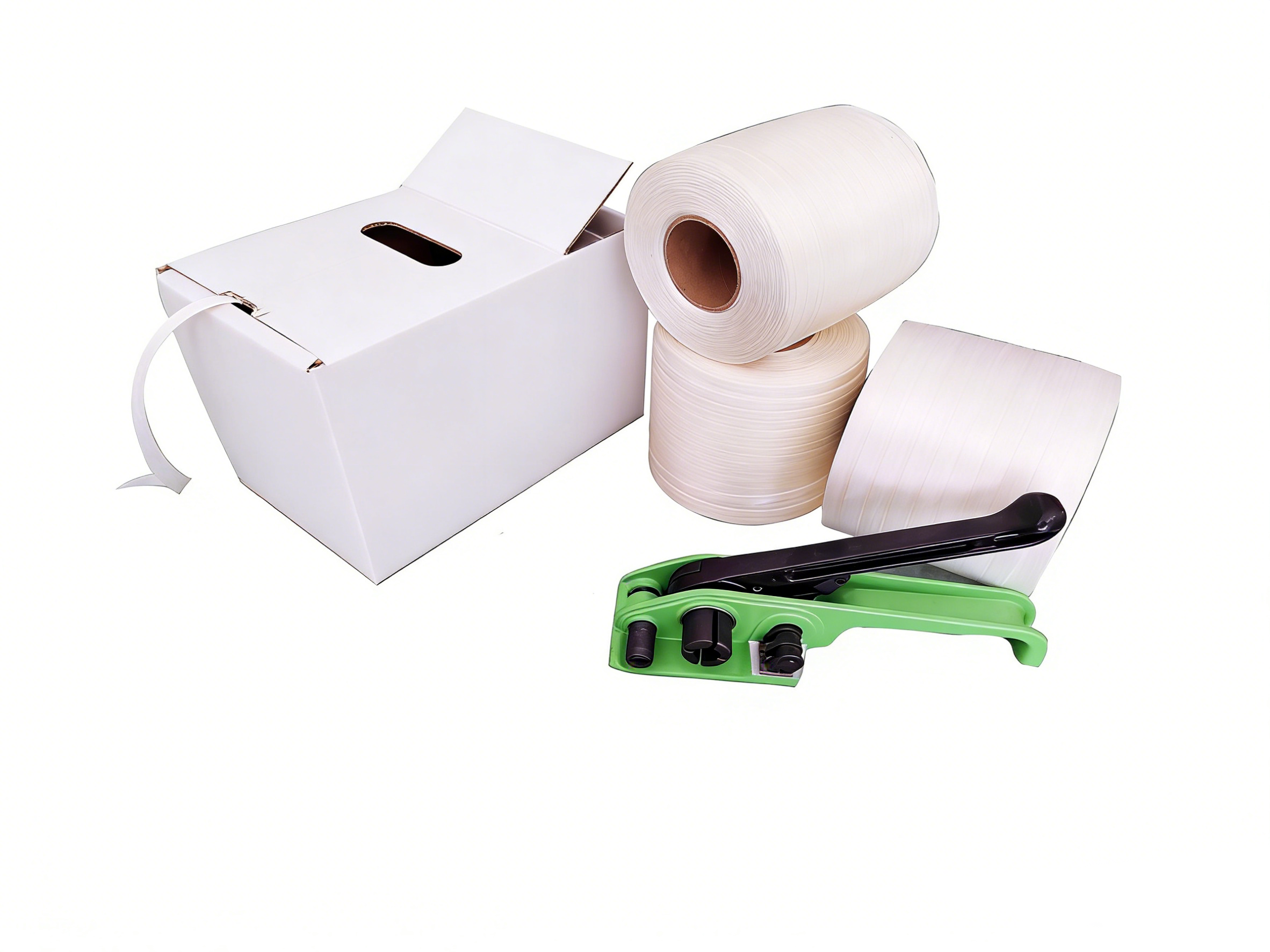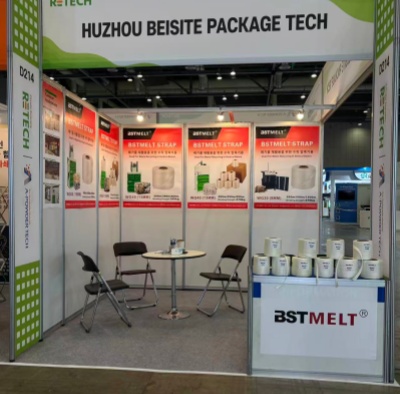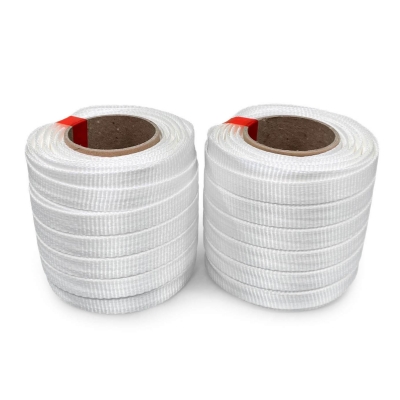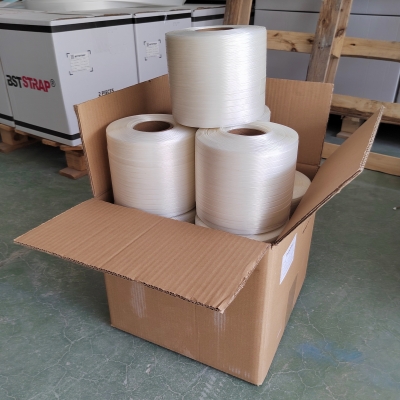General News
Woven Webbing: A Versatile Material
Introduction
In modern industry and daily life, woven webbing has gained popularity as a widely used material due to its unique properties and diverse applications. Whether in outdoor sports gear, automotive safety equipment, or the fashion industry, the presence of webbing is particularly important.
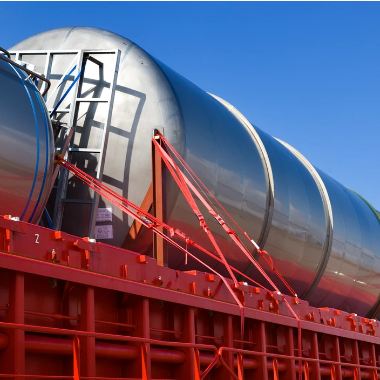
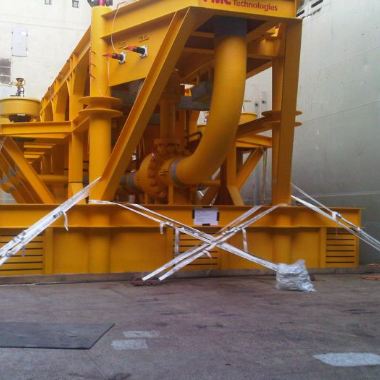
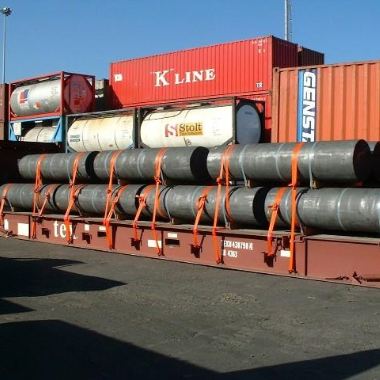
What is Woven Webbing?
Woven webbing is a flat, strap-like material produced using a specific weaving technique, typically made from fibers such as polyester, nylon, cotton, or linen. The woven structure gives the webbing high strength and durability, making it an ideal choice for various fields while also being lightweight.
Characteristics of Woven Webbing
High Strength: The structure of woven webbing allows it to withstand significant tensile forces, making it suitable for heavy-load applications.
Abrasion Resistance: Many webbing materials exhibit excellent abrasion resistance, suitable for use in harsh environments.
Lightweight: Despite its high strength, webbing is generally lightweight, making it easy to carry and use.
Versatility: Webbing can be designed and manufactured in various ways according to specific needs, adapting to a wide range of uses.
Cost-Effective: Compared to other materials, the production cost of webbing is relatively low, making it suitable for mass production and application.
Applications of Woven Webbing
1. Outdoor Activities and Adventure
In the outdoor sports sector, webbing is widely used in backpacks, climbing ropes, tents, and other equipment. Its high strength and abrasion resistance ensure the safety and reliability of gear in various environments. For instance, climbers often rely on webbing made straps and ropes to maintain safety during ascents.
2. Safety and Transportation
In the safety sector, webbing is used in automobile seat belts, child safety seats, and various safety equipment. Automotive seat belts must have extremely high tensile strength to protect passengers during collisions. The application of webbing in this field effectively reduces the risk of injury.
3. Fashion and Accessories
In recent years, webbing has also found its place in the fashion world. Designers use webbing with various colors and patterns to create unique garments and accessories. For example, webbing can be utilized as straps, belts, or decorative elements on bags, enhancing style and personality.
4. Home and Industrial Use
In everyday life, webbing is used for curtain ties, luggage straps, and even pet items. In industrial settings, webbing is utilized for packaging, transportation, and securing items. Its widespread applicability makes it a fundamental material across various industries.
Development of Weaving Technology
With advancements in technology, the production techniques of webbing are continually evolving. Traditional weaving processes are improved, and more efficient machines are introduced, increasing the production speed and quality of webbing. Additionally, innovative materials are being developed, enhancing webbing's performance in UV resistance, flame retardancy, and more. These advancements allow webbing to meet more demanding usage requirements.
Future Outlook
As the concept of sustainable development gains traction, environmentally friendly woven webbing is poised to become an important direction for future development. Many manufacturers are beginning to research the use of renewable and bio-based materials, which not only help reduce environmental pollution but also enhance brand image.
Simultaneously, with the push from smart technology, the emergence of intelligent woven webbing embedded with sensors is on the horizon. This way, webbing can provide not only its traditional functions but also new applications like item tracking and intelligent monitoring, further broadening the scope of webbing use.
Conclusion
Woven webbing, as a highly flexible and widely applicable material, plays a significant role not only in daily life but also showcases its unique value across various industries. With advancements in technology and design, webbing will become even more intelligent and environmentally friendly in the future, contributing to a more efficient and safe lifestyle and work environment. Whether in adventurous explorations or in daily activities, the presence of webbing will continue to provide convenience and safety.

See More News
